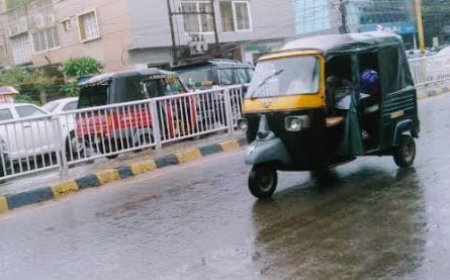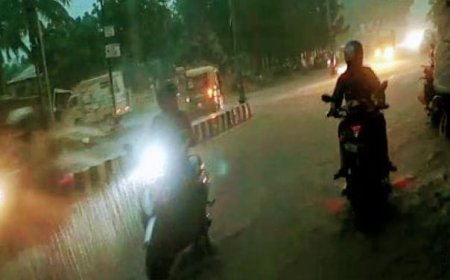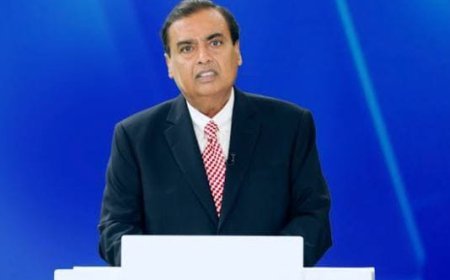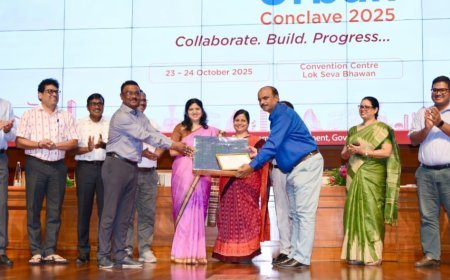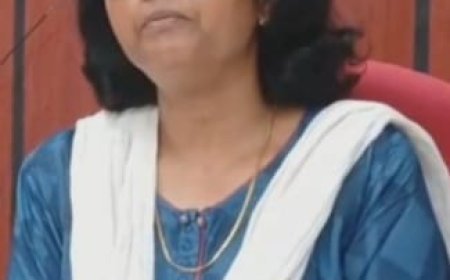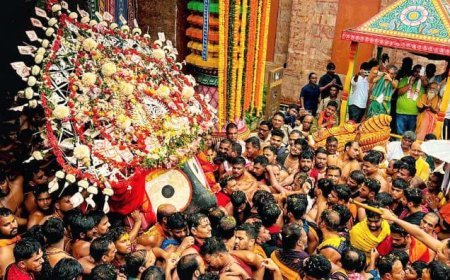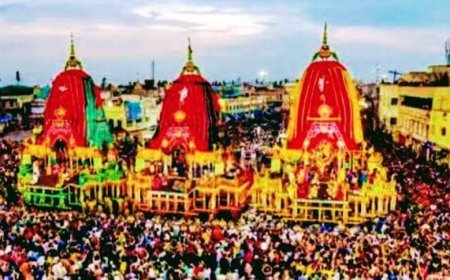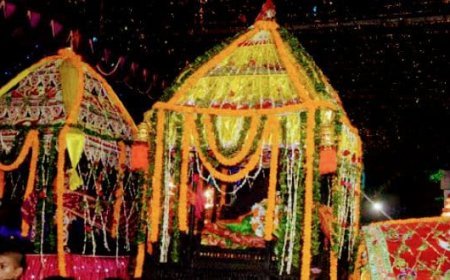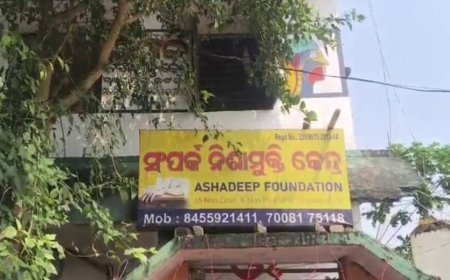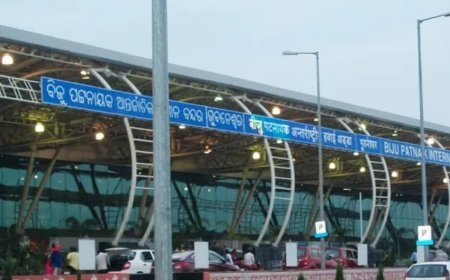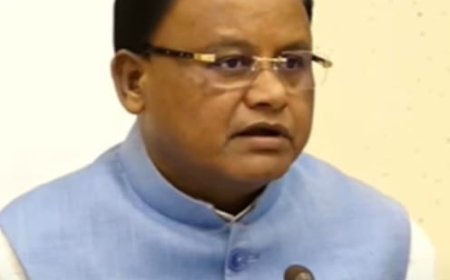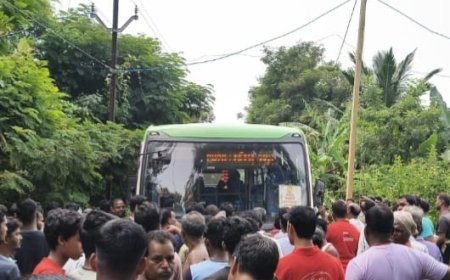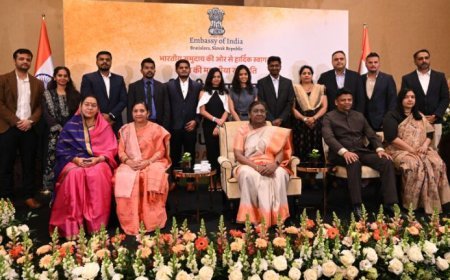The 2G Spectrum Case: Scam, Political Weapon, or Both?
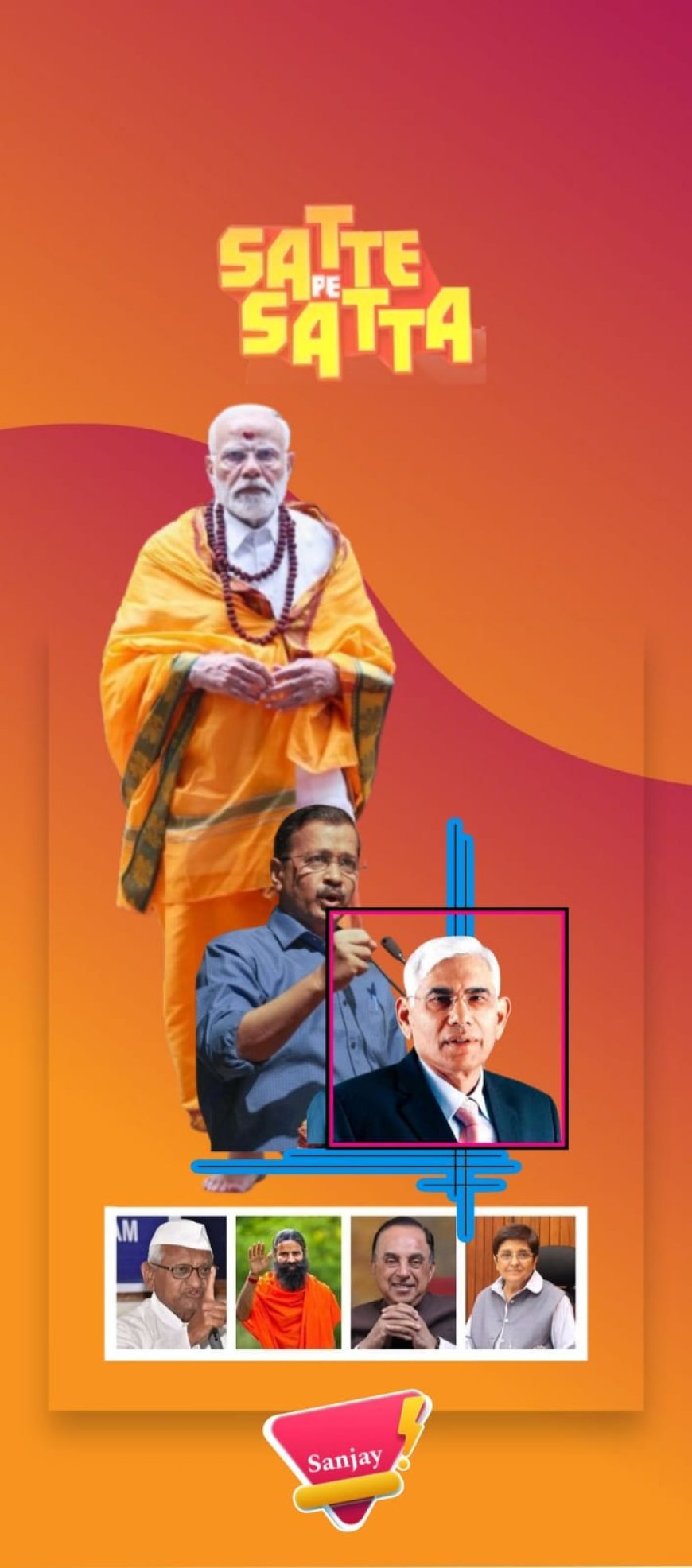
Sanjay Pattnayak
Sundargarh
The 2G spectrum case remains one of the most controversial political and economic events in India’s recent history. While a special CBI court acquitted all accused in 2017, citing lack of evidence, the case was far from baseless. The scandal, first exposed in 2010, reshaped Indian politics, influenced elections, and altered public perception of corruption.
Understanding the 2G Spectrum Case
In 2010, a report by the Comptroller and Auditor General (CAG) of India, led by Vinod Rai, estimated a notional loss of ₹1.76 lakh crore due to flawed allocation of 2G spectrum licenses. Instead of auctioning them, the government distributed licenses at throwaway prices in 2008, allegedly favoring certain telecom companies. This triggered massive protests, with the opposition, media, and activists labeling it as one of India’s biggest scams.
In 2012, the Supreme Court canceled all 122 telecom licenses, citing procedural irregularities, reinforcing the idea that rules were bent. However, by 2017, a special CBI court found no conclusive evidence of corruption, leading to acquittals.
Key Figures and Their Roles
Several individuals and groups gained prominence due to their involvement in the case and its political aftermath:
Vinod Rai (Former CAG) – His report fueled public outrage, but the court later found no evidence of actual monetary loss. Despite the controversy, he was awarded the Padma Bhushan and other top government roles.
Anna Hazare – Led the anti-corruption movement in 2011, which overlapped with the 2G scam protests. His movement enjoyed immense public support, and today, he receives state-provided Z+ security and other benefits.
Kiran Bedi – Actively supported Anna Hazare’s movement before joining the BJP and becoming the Lieutenant Governor of Puducherry.
Arvind Kejriwal – Initially a key figure in the anti-corruption movement, he later distanced himself to form the Aam Aadmi Party (AAP) in 2012, leveraging the movement’s momentum to become Delhi’s Chief Minister in 2015.
Baba Ramdev – Introduced the black money angle, claiming vast sums were stashed abroad. His popularity surged, and today, he is a billionaire businessman with Patanjali.
Subramanian Swamy – Took legal battles against the scam to the Supreme Court, leading to the cancellation of 2G licenses. He later became a Rajya Sabha MP.
Narendra Modi – Used the anti-corruption sentiment generated by these protests to campaign against Congress in 2014, contributing to the BJP’s landslide victory. Today, he is India’s Prime Minister.
The Political Fallout
The 2G spectrum case became a powerful electoral weapon. The BJP successfully framed the Congress-led UPA government as corrupt, using the scam as proof of misgovernance. Public anger over corruption played a key role in the 2014 elections, helping BJP secure a historic mandate.
However, in 2017, the special CBI court acquitted all accused, stating that the prosecution failed to prove corruption. Congress claimed vindication, arguing that the scam was a political ploy. Yet, the Supreme Court’s 2012 decision to cancel licenses confirms that procedural violations did occur, even if direct corruption was not legally proven.
Conclusion: A Scam or Political Tool?
The 2G spectrum case represents more than just a legal battle; it showcases how corruption narratives can shape politics. While no individuals were convicted, the scandal led to major political shifts, fueled public distrust in governance, and was instrumental in BJP’s rise to power. Whether it was a genuine scam or a politically weaponized investigation, one fact remains: the 2G case changed Indian politics forever.


